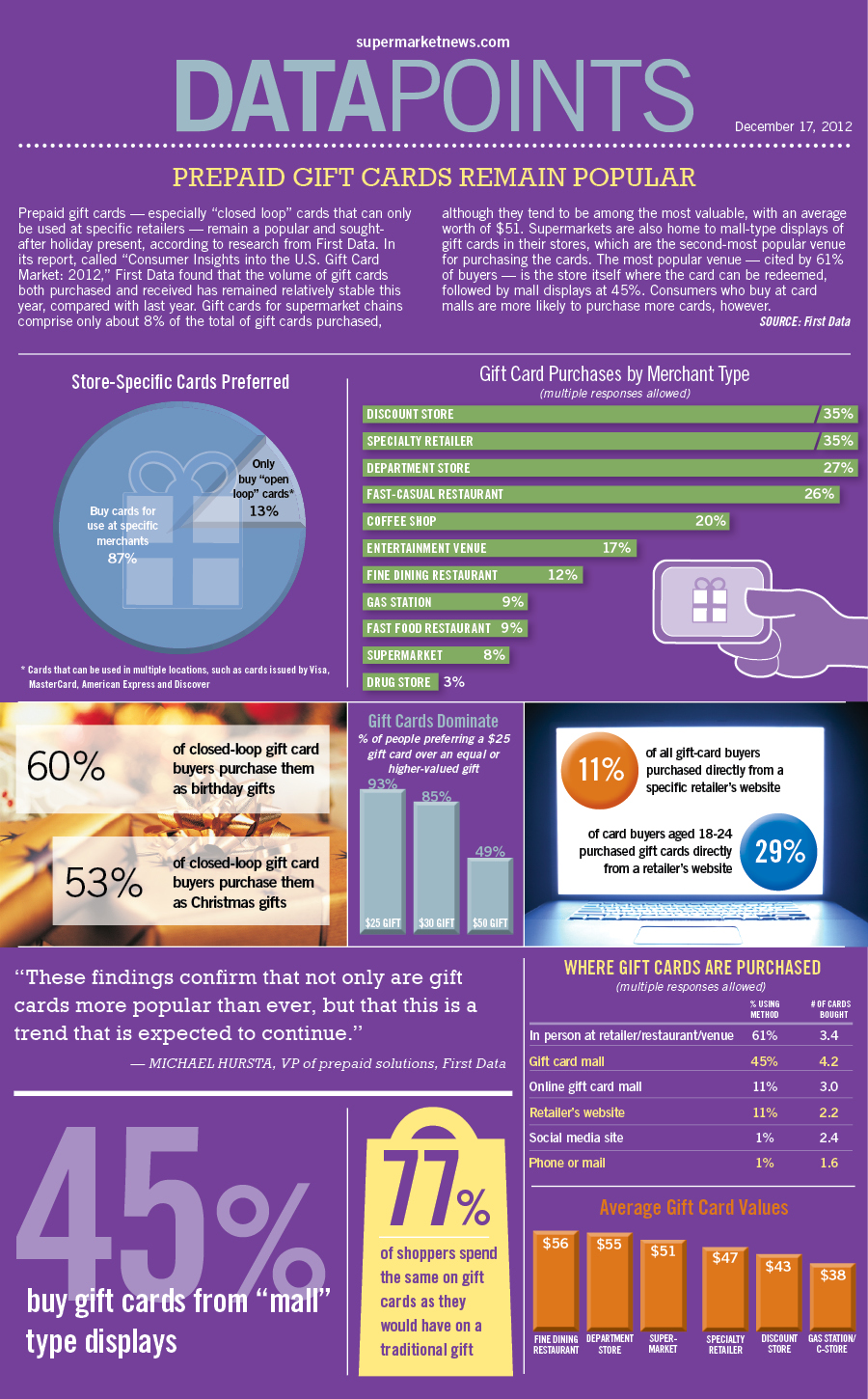Established in the Middle East and Egypt on hardstone, copper wheel inscribing made it through as a craft in seventeenth century Bohemia and Dresden on glass. It was used for a selection of purposes, consisting of illustrating the imperial double-headed eagle (Reichsadlerhumpen) and allegorical styles.
Engravers of this period progressively abandoned straight clearness in favour of crosshatched chiaroscuro results. A few engravers, such as Schongauer and Mantegna, handled glass with a sculptural feeling.
Old Art
By the end of the 17th century, nevertheless, diamond-point inscription was being supplanted by wheel inscription. Two notable engravers of this period deserve reference: Schongauer, that increased the art of glass engraving to match that of painting with jobs like Saint Anthony Tortured by Demons, and Mantegna, who shaded his drawings with brief jotted lines of differing width (fig. 4) to attain chiaroscuro results.
Other Nuremberg engravers of this time consisted of Paul Eder, who excelled in fragile and tiny landscapes, and Heinrich Schwanhardt, that inscribed engravings of great calligraphic high quality. He and his boy Heinrich also established the strategy of etching glass with hydrofluoric acid to generate an effect that looked like glass covered in ice. The engraved surface might after that be cut and etched with a copper-wheel. This approach is utilized on the rock-crystal ewer revealed below, which combines deep cutting, copper-wheel inscription and sprucing up. Identifying the etching on such pieces can be tough.
Venetian Glass
When Venice was a European power, Venetian glassmakers took the lead in several high value-added sectors. Unlike fabrics and style, glassmaking preserved a legacy of sophisticated techniques. It also carried seeds of the ornamental magnificence symbolized in Islamic art.
Nevertheless, Venetian glassmakers were not excited to share these concepts with the remainder of Europe. They kept their craftsmen cloistered on the island of Murano so they would not be influenced by new patterns.
Although demand for their product ups and downs as preferences altered and competing glassmakers arised, they never ever lost their attract rich patrons of the arts. It is for that reason no surprise that engraved Venetian glass appears in numerous study in still life paints as an icon of deluxe. Commonly, a master treasure cutter (diatretarius) would cut and decorate a vessel initially cast or blown by another glassworker (vitrearius). This was an expensive endeavor that required great skill, persistence, and time to create such comprehensive work.
Bohemian Glass
In the 16th century, Bohemian glassmakers adapted the Venetian dish to their very own, producing a much thicker, clearer glass. This made it simpler for gem-cutter to carve similarly they sculpted rock crystal. Furthermore, they established a method of cutting that permitted them to make extremely comprehensive patterns in their glasses.
This was followed by the production of tinted glass-- blue with cobalt, red with copper and light eco-friendly with iron. This glass was prominent north of the Alps. In addition, the slim barrel-shaped cups (Krautstrunk) were likewise popular.
Ludwig Moser opened up a glass style studio in 1857 and was successful at the Vienna International Event of 1873. He established a completely incorporated manufacturing facility, providing glass blowing, polishing and inscribing. Up until the end of The second world war, his firm dominated the marketplace of personalized Bohemian crystal.
Modern Craft
Engraving is one of the earliest hand-icraft techniques of decorative improvement for glass. It requires a high level of accuracy Valentine's Day glass gift in addition to a creative imagination to be reliable. Engravers must also have a feeling of structure in order to tastefully combine glossy and matte surface areas of the cut glass.
The art of engraving is still active and growing. Modern strategies like laser engraving can attain a greater level of information with a better speed and precision. Laser innovation is likewise able to generate styles that are less prone to chipping or fracturing.
Engraving can be made use of for both industrial and attractive functions. It's preferred for logos and hallmarks, in addition to decorative decorations for glassware. It's additionally a popular means to add individual messages or a winner's name to prizes. It is very important to note that this is a hazardous task, so you must constantly utilize the appropriate security equipment like safety glasses and a respirator mask.
